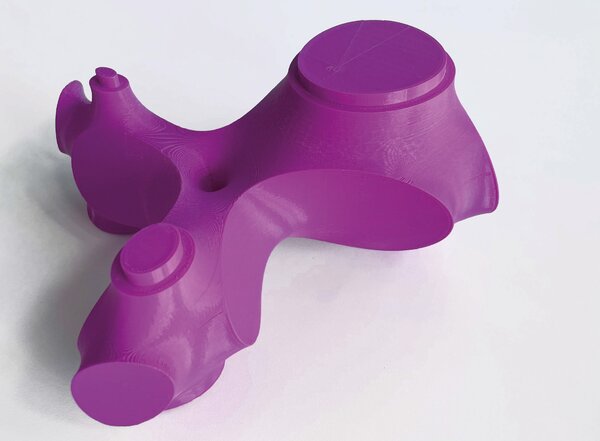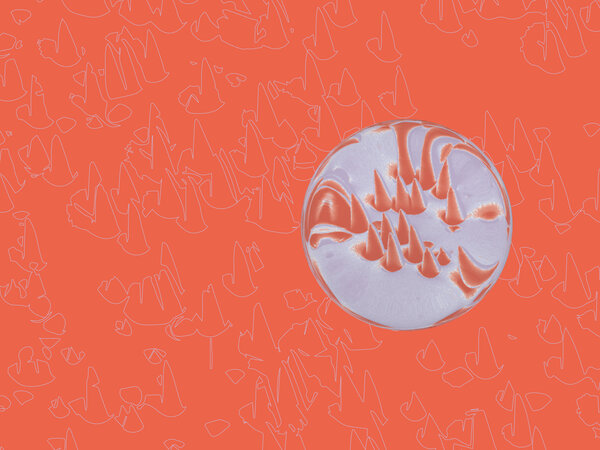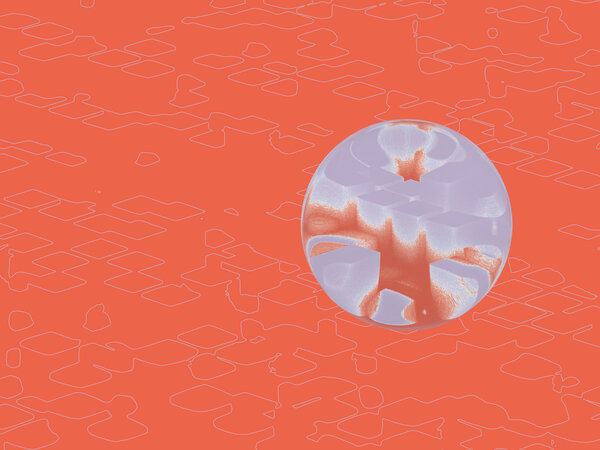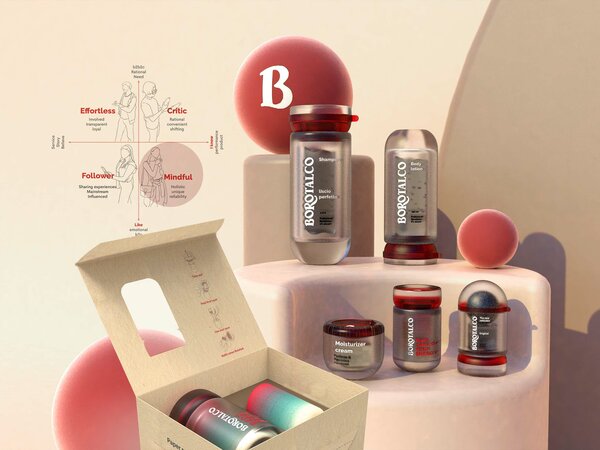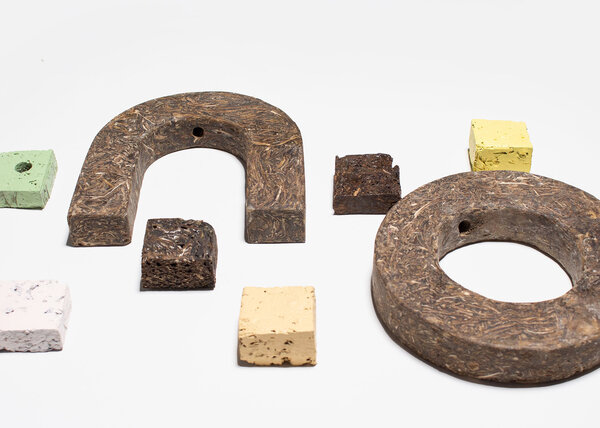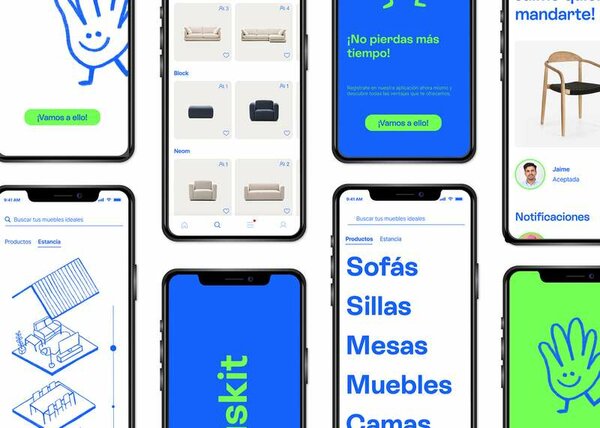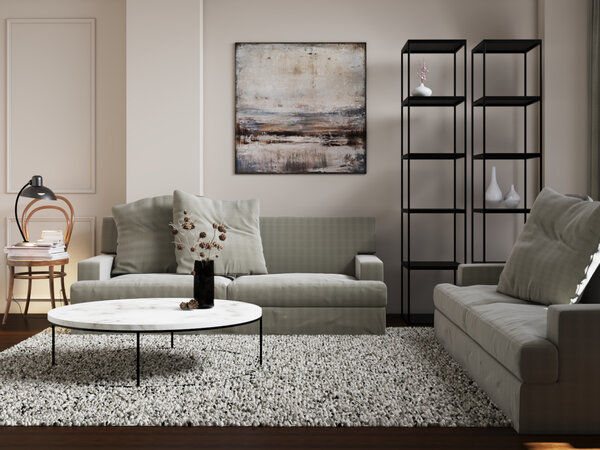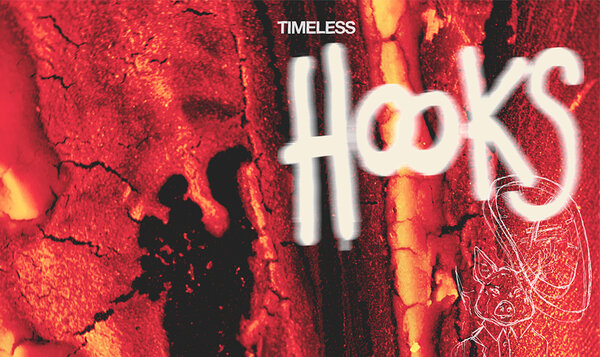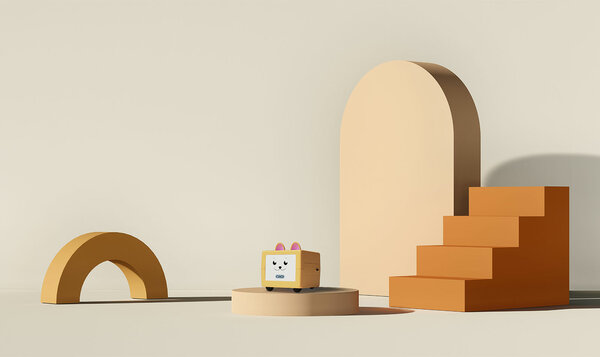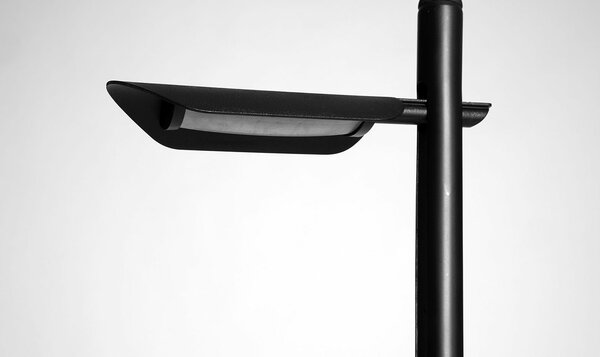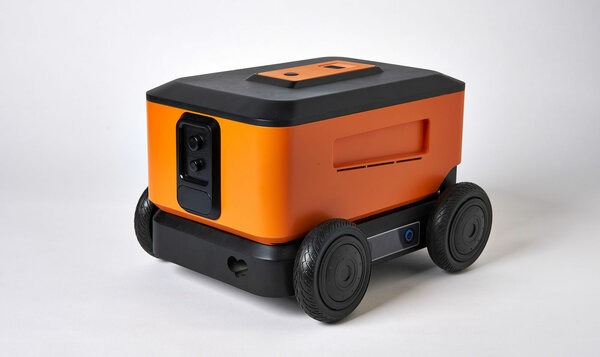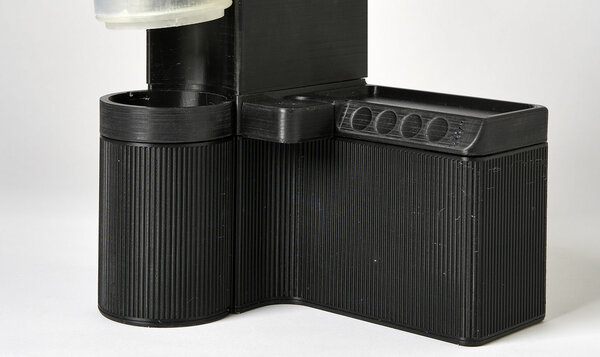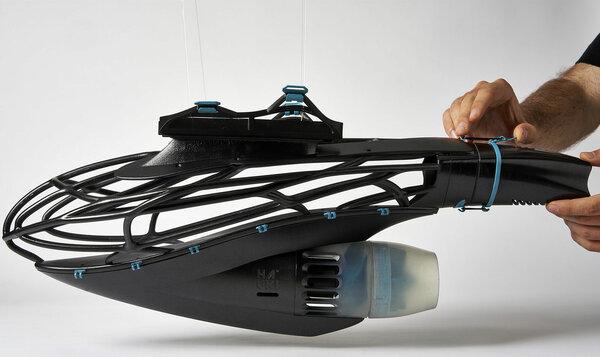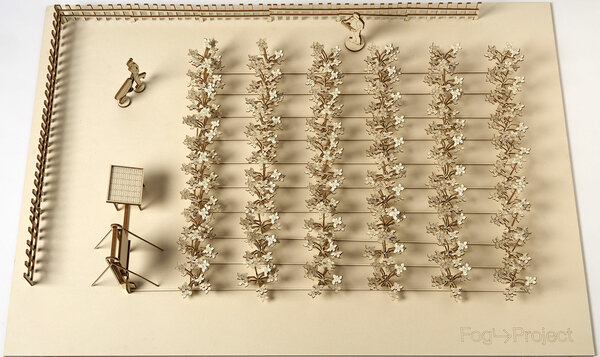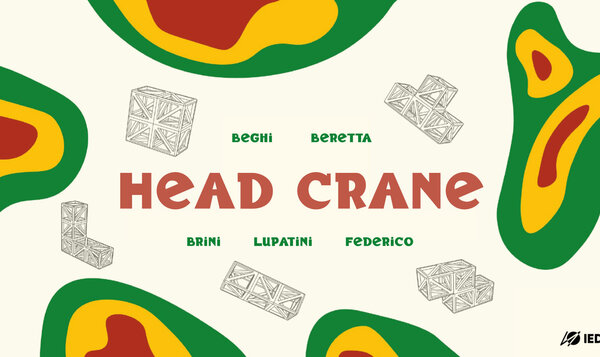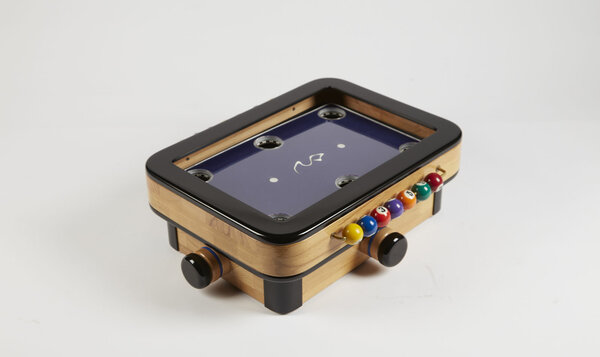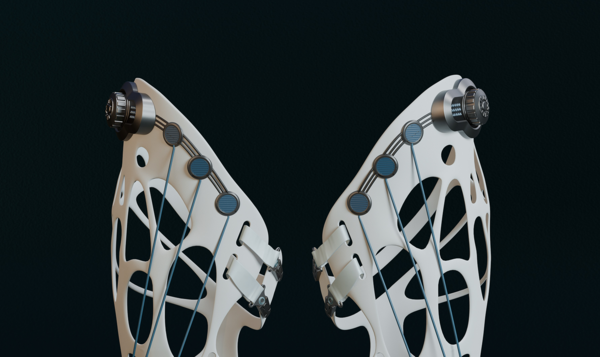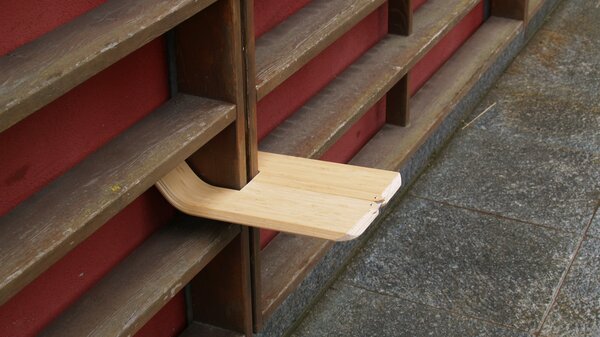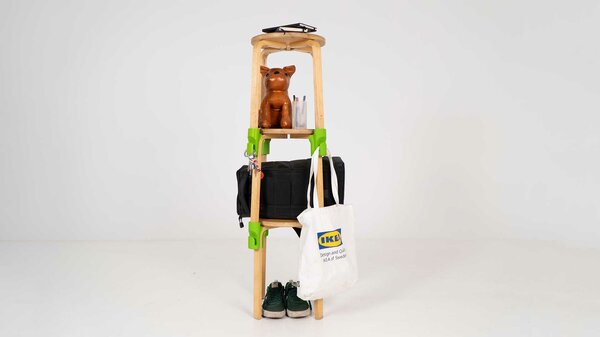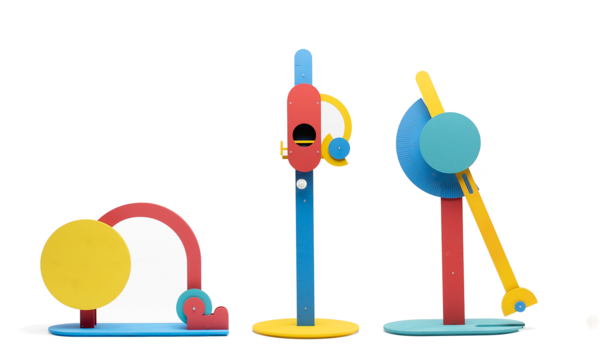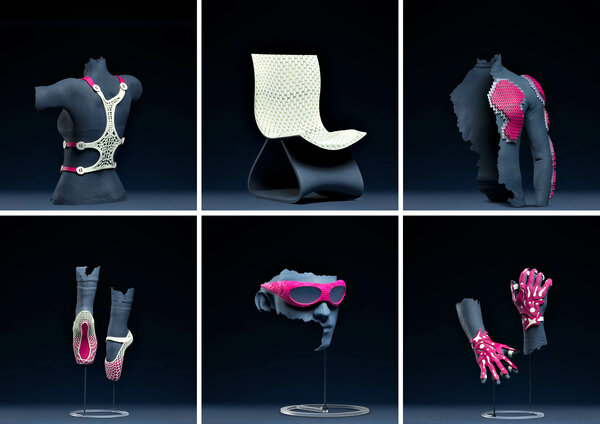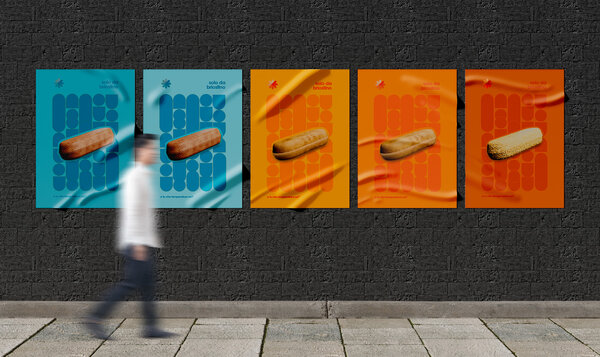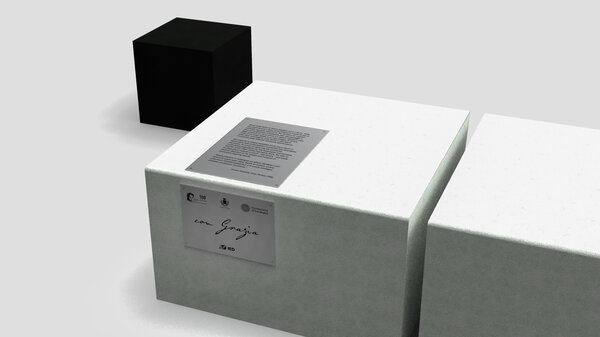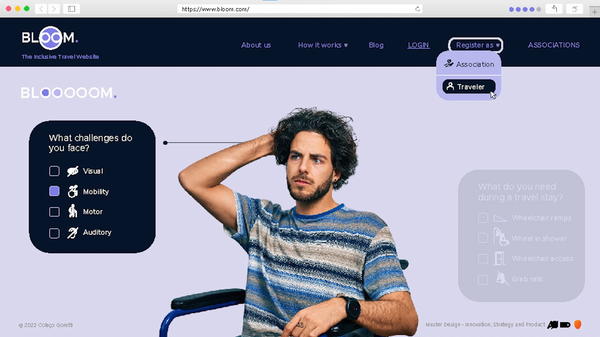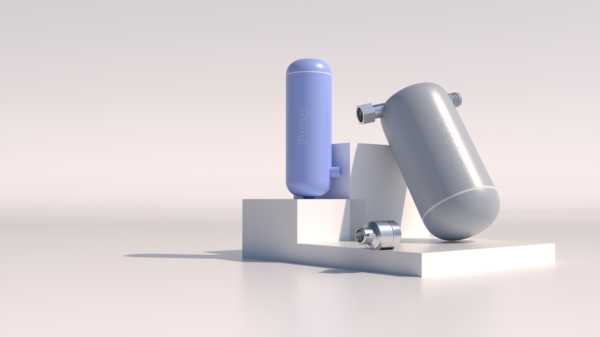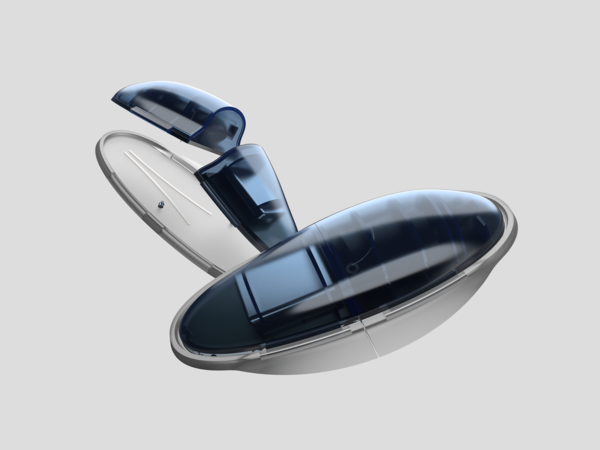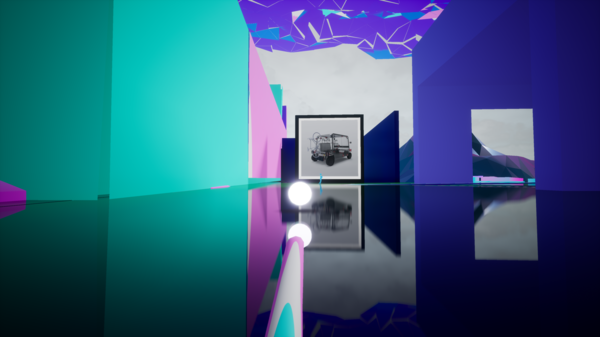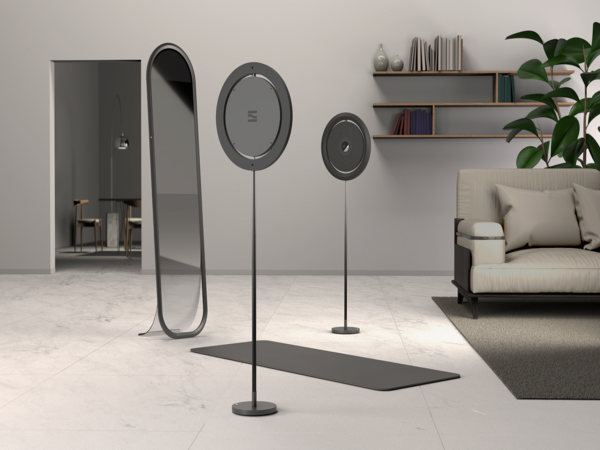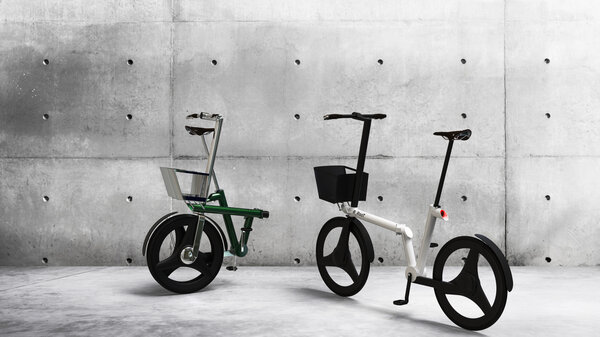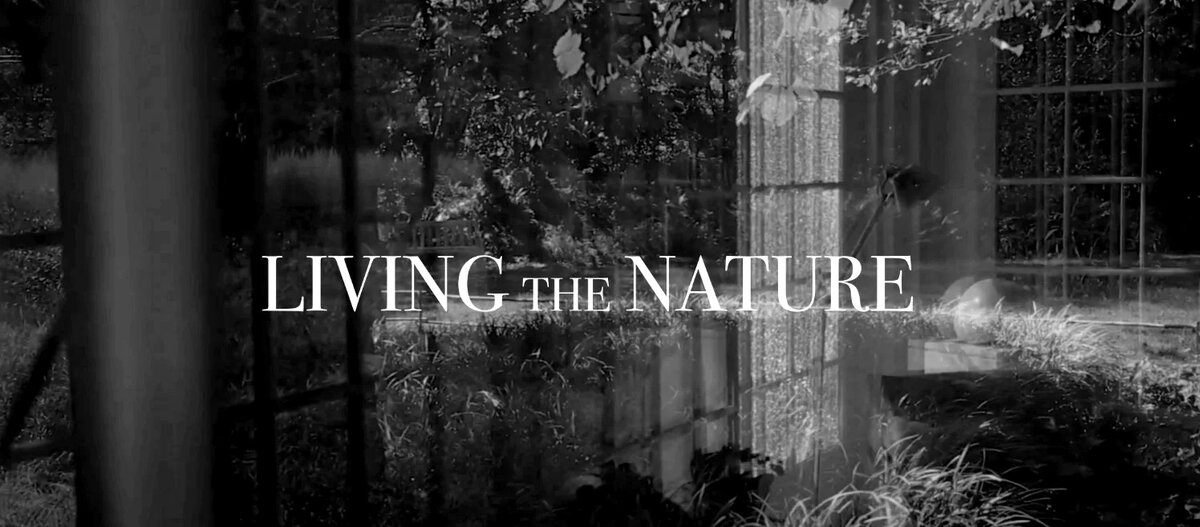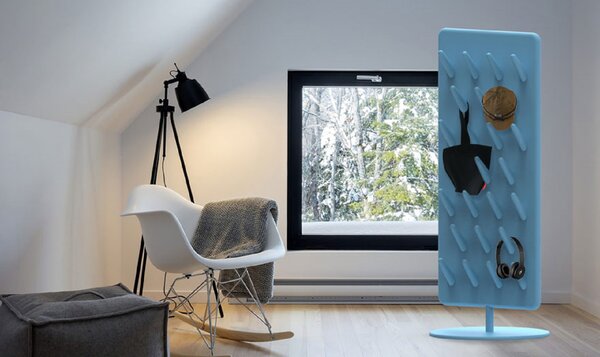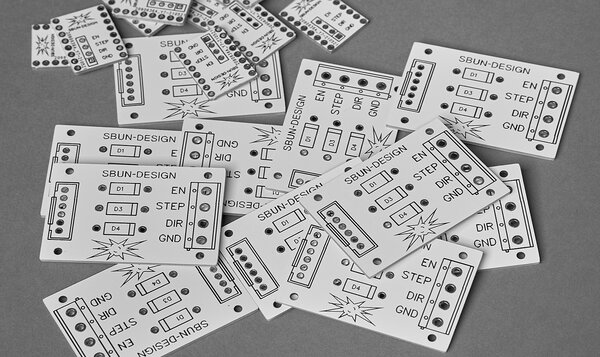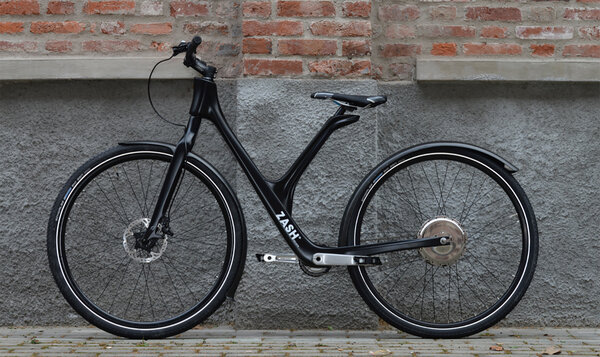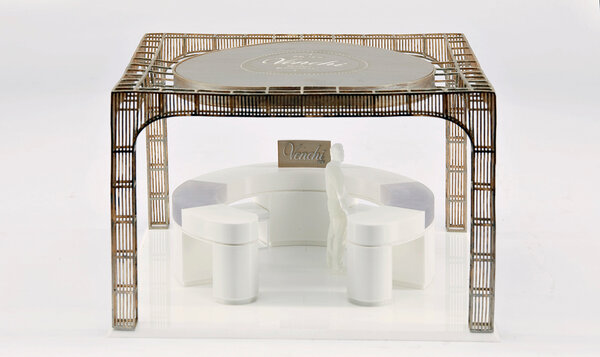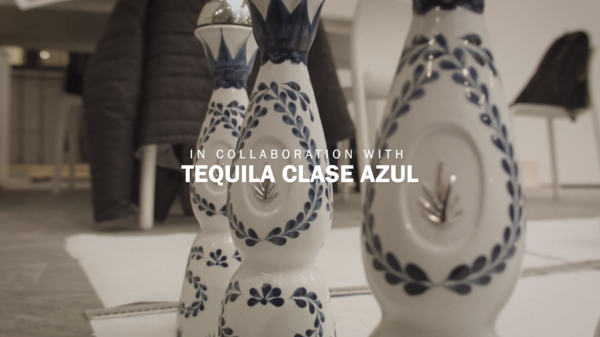
Service Designers: who they are, what they do, and how to become one
Who they are and what they do
A Service Designer is a professional who designs engaging and intuitive user experiences by optimising digital and physical services.
Their work is not limited to the aesthetic design of the product, but extends to the functionality and efficiency of the service, ensuring that every detail is designed to enhance the interaction between the user and the service offered.
To develop innovative and effective solutions, the process often starts with an in-depth research phase, which includes interviews, surveys and observations to fully investigate people's needs and behaviour in relation to the type of service offered with the goal of optimising it.
Role and responsibility
A Service Designer’s role is responsible for identifying and understanding people's needs, analysing existing processes and conceptualising solutions that improve the overall user experience in both digital and physical terms. This professional cooperates with multidisciplinary teams, including developers, marketers and business stakeholders, to develop and implement innovative services through a combination of design thinking, user research and prototyping methodologies, technologies that help develop solutions that enhance the final service quality. They often work in tandem with the Product Designer, ensuring that the physical or digital products are integrated into a coherent and satisfying experience.
Their primary responsibilities include mapping the customer journey, creating service prototypes, conducting user tests and analysing feedback to further iterate and refine proposed solutions. The Service Designer must also be adept at communicating his or her ideas convincingly through effective and detailed presentations.
Moreover, their ability to see the big picture and to consider every aspect of the service, from the initial to the final moment, is vital to creating user experiences that are not merely pleasant, but also efficient and sustainable in the long term.
Career and salary
The career of a Service Designer can evolve from junior roles up to more senior positions, such as Lead Designer or Director. Salary in turn can vary according to experience, skills and location; experienced professionals earn competitive salaries in the service design industry, while a novice Service Designer can expect an attractive starting salary, which will rise significantly with increased experience and responsibility.
With the growing demand for high-quality user experiences, the opportunities for growth and the career prospects for this professional figure are constantly increasing, making it a rewarding and opportunity-rich career path.

IED Open Days
We look forward to meeting you in person at our premises and online, to learn more about our teaching offerings, get to know our services and interact with coordinators, lecturers and students.
Skills and training
A Service Designer must be able to manage complex projects, work in multidisciplinary teams and communicate effectively with a variety of professionals. The ability to facilitate co-design workshops, conduct in-depth interviews and analyse qualitative and quantitative data is key to achieving a functional and competitive service in the market. Additionaly, it is important that they are constantly updated on emerging technologies and industry trends, such as artificial intelligence, the Internet of Things (IoT) and augmented reality, which, if used wisely, can greatly influence and improve the service experience.
A background in service design, user experience design or similar disciplines is always sought after along with continuing education on new trends and methodologies in the industry. IED offers specialised courses that combine theory and practice, providing students with the necessary skills to face the challenges of service design in various contexts. The courses often include group projects, case studies and partnerships with companies, offering an experience that prepares students to enter the professional arena with a solid and comprehensive portfolio.
In addition to academic training, it is useful to attend conferences, workshops and seminars to stay up-to-date and expand one's network of professional contacts, which will be useful for future job opportunities.
How to become a Service Designer
In order to pursue a career as a Service Designer, it is advisable to pursue a bachelor's degree or master course in service design, user experience design or a similar subject. Furthermore, in order to be successful in this sector, it will be imperative to keep one's skills up-to-date and stay abreast of new trends in the industry.
If you are interested in turning your passion for design into a profession, explore all IED courses and start on the educational path that best represents you.



